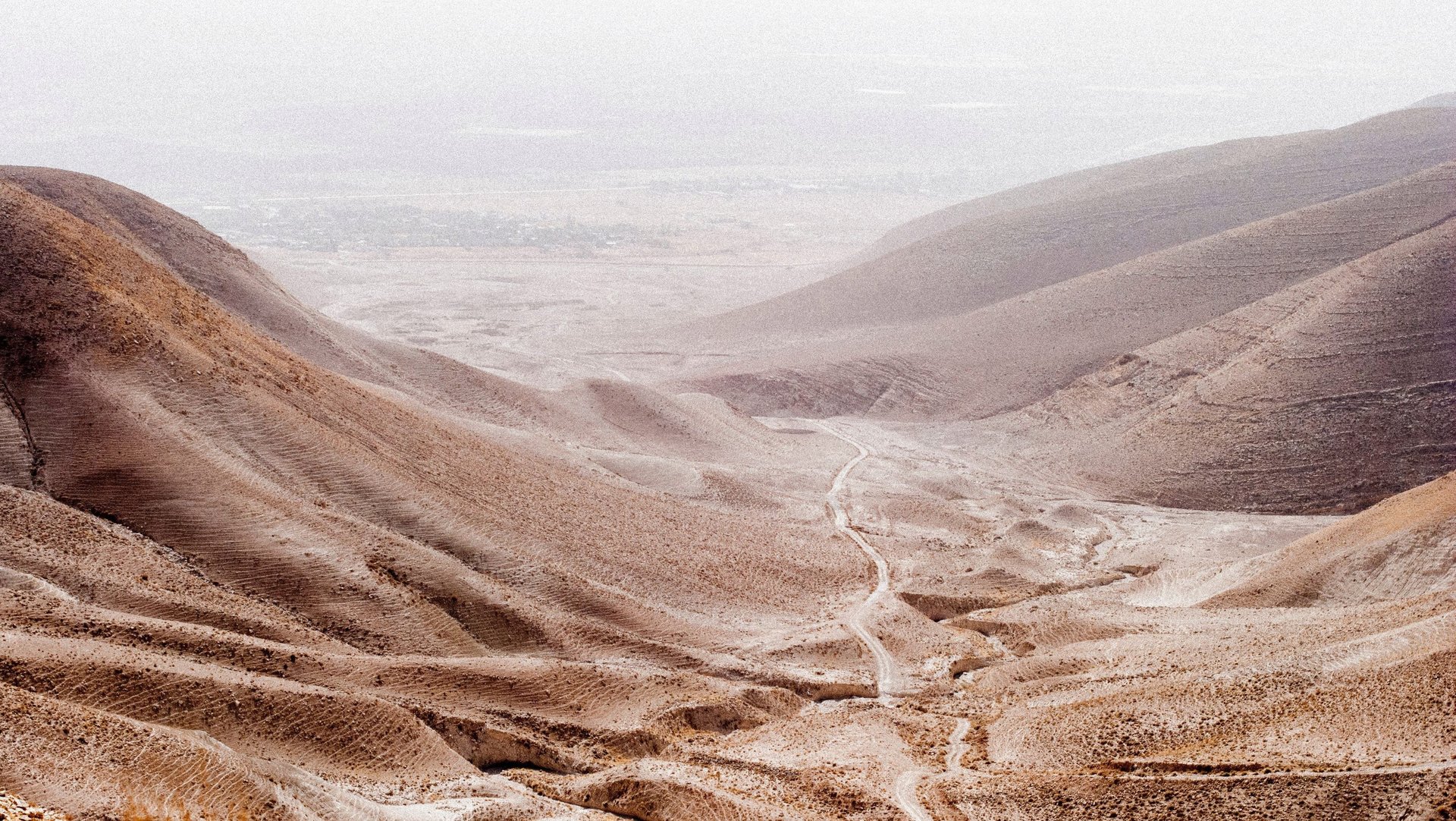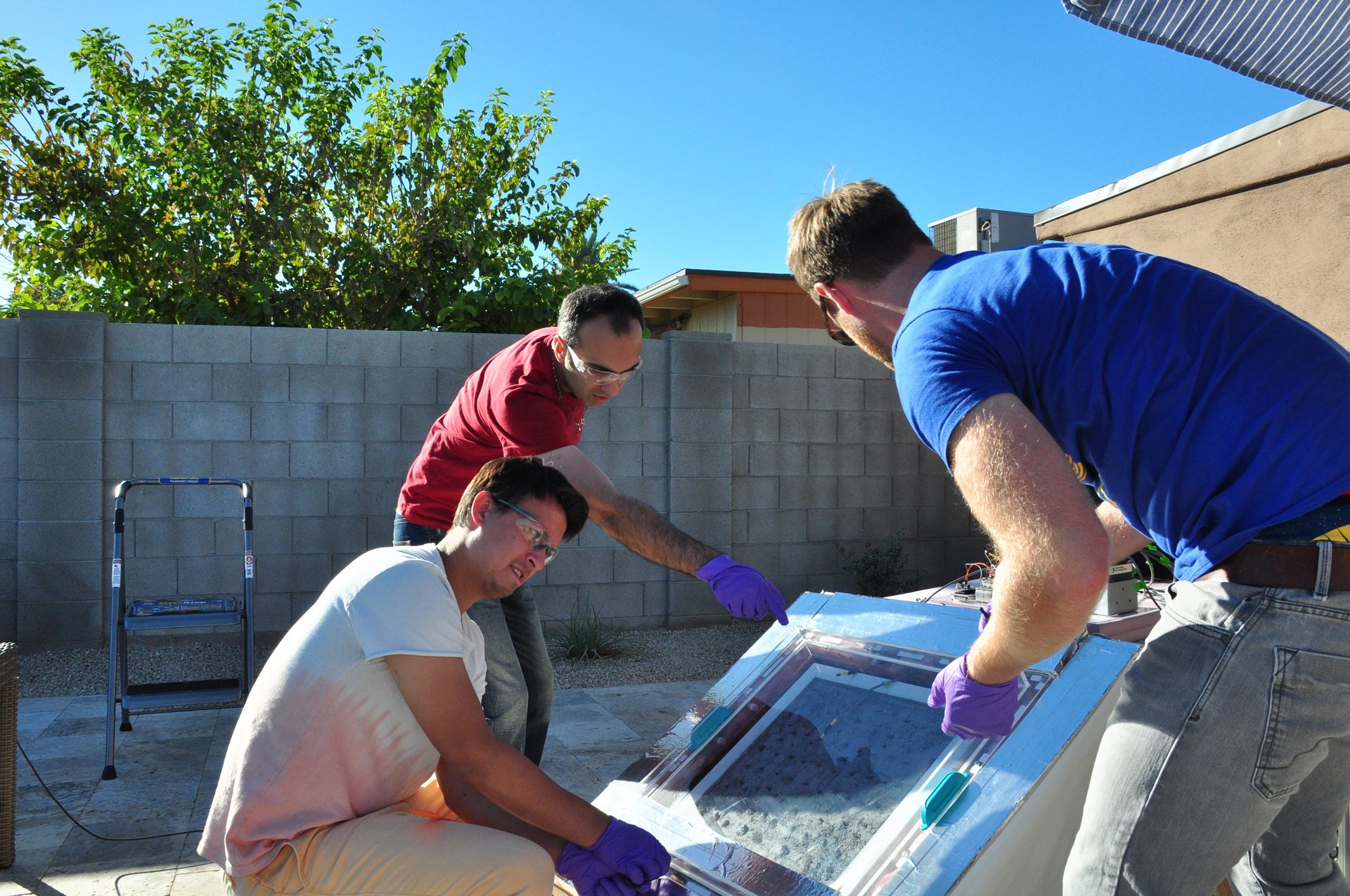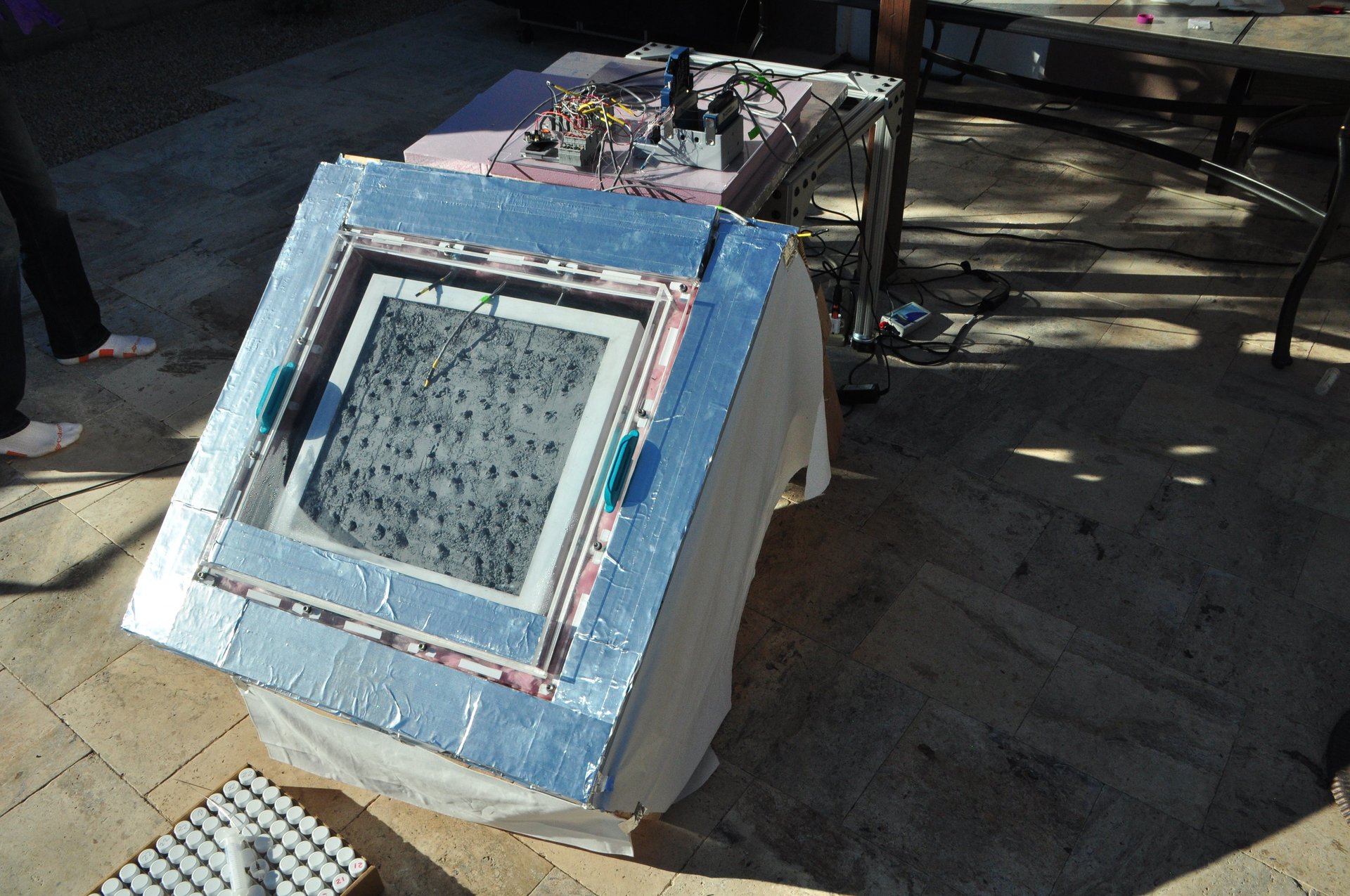We are one step closer to harvesting water out of thin air
Right now, there are roughly 16 sextillion liters of water suspended in the atmosphere. The air around you is a river, you just can’t see it.


Right now, there are roughly 16 sextillion liters of water suspended in the atmosphere. The air around you is a river, you just can’t see it.
Harvesting water from air would be a game-changing solution to tackling freshwater scarcity, which is increasing as the world warms. It would be especially vital in places with very little humidity in the air, like the desert. But while it’s technically possible—you just need to get the water content in the air to condense around something—doing so efficiently has been difficult, until now.
The challenge with this technology is cooling. Water vapor will only condense into a liquid if the material it condenses on is cooler than the surrounding air. That’s why droplets of condensation will appear on a soda can the moment you take it out of the fridge. But how do you leave a piece of machinery in the desert sun all day and keep it cooler than the surrounding air? One way would be to install a cooling system. But it takes a a lot of energy to perpetually cool an object in a hot place, and isn’t feasible in places where energy is expensive. We also don’t want to increase the amount of energy demand in a world already struggling to reduce emissions.
A team from the University of California, Berkeley may have the solution. In a paper published Friday (June 8) in Science Advances, the researchers detailed how they had successfully harvested water from the desert air in Arizona with a novel approach that used no external energy inputs whatsoever.

The team, lead by UC Berkeley chemist Omar Yaghi, built a box within a box, roughly the size of a small oven. In the internal box, they spread about two pounds worth of a gravel-like material designed by Yaghi made of organic material and the metal zirconium. This “metal-organic framework” is designed to be porous and contain so many internal channels that a “sugar-cube-size” amount of the material “might have an internal surface area the size of six football fields,” according to a release that accompanied the paper.
The idea is that the water condenses within these internal channels at night, when humidity is highest and the ambient air temperature is naturally coolest. In trials in the Arizona desert, the team left the top of both boxes open at night, so air could come in contact with the metal-organic framework. During the day, they closed the outer box. The sun heated the contents of the boxes like a greenhouse—and the metal organic framework released its water, as it was designed to do. The water then condensed around the inside of the outer box (which was now cooler than the heated metal particles) and fell to the outside of the outer box, where it could be collected.

The tests only elicited seven ounces (200 millimeters) of liquid water from the desert air per one day-to-night cycle, equivalent to roughly half a can of soda. Obviously that isn’t enough to keep a family stocked with potable water in the desert. But the researchers saw this as a proof of concept: It is possible to suck liquid water out of desert air using no outside energy and a relatively simple box structure. They’re now working with a new metal-organic framework designed by Yaghi that uses aluminum as its metal component instead of zirconium, which they report is 150 times cheaper, and has the ability to hold twice as much water.
The invention brings water collection like this one step closer to practical use, and lays out fundamental principles for other scientists to build on.